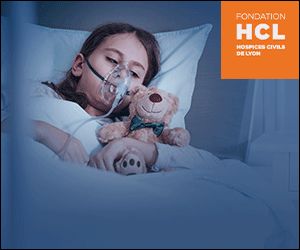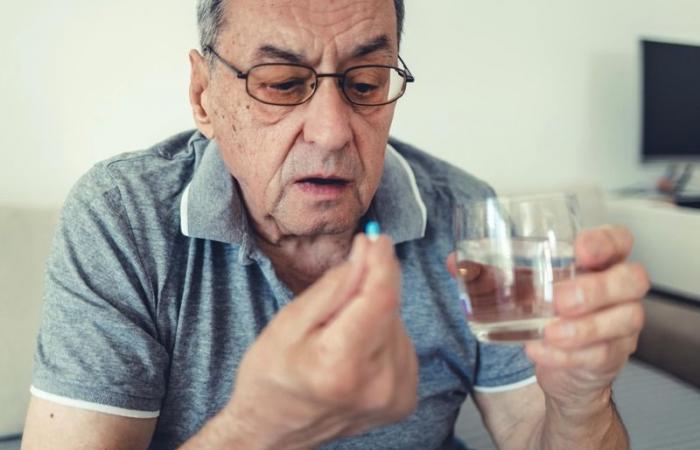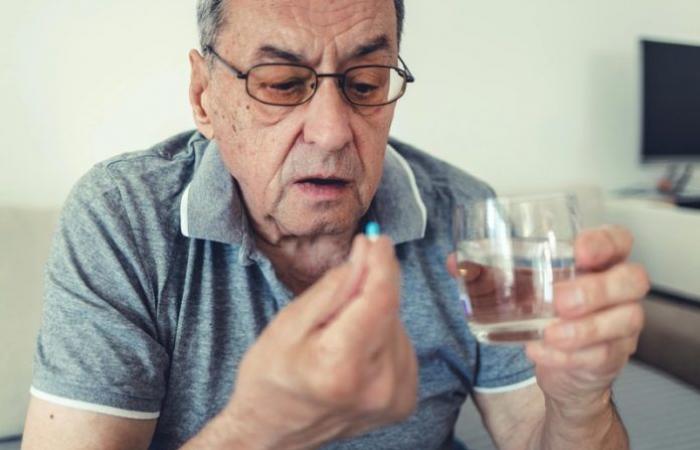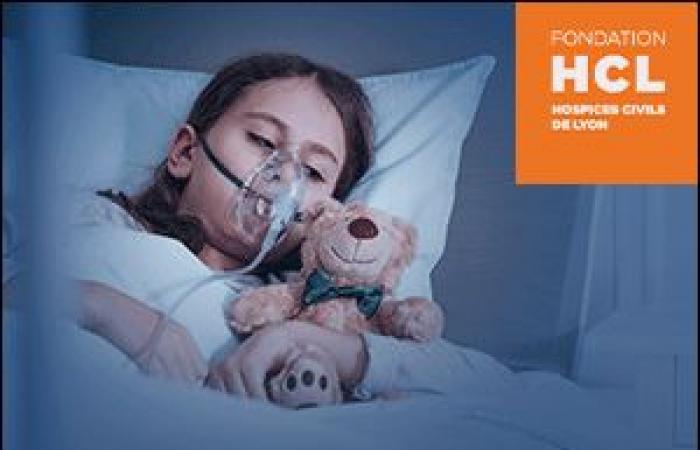Antibiotic resistance is when bacteria become resistant to the drugs that fight them. This phenomenon, linked to excessive drug consumption, represents one of the greatest threats to modern medicine today. If the trend continues, medicine risks even losing the ability to treat infections that have become common. There is also talk of making essential medical procedures impossible, such as surgery or cancer treatments.
The WHO estimates that nearly 39 million people could die each year due to this antibiotic resistance by 2050. Faced with this crisis, cooperation between health professionals, institutions and pharmaceutical industries is essential to avoid a return to a time when even mild infections can be fatal. But then, what are the solutions? Dr Julien Textoris, director of medical affairs at Biomérieux and resuscitator anesthetist, provided some answers during his appearance on the set of the program Vous Santé, on Tuesday November 12, 2024.
Antibiotic resistance: the emergence of a public health issue
What is antibiotic resistance?
It’s a complex term that can be scary. Let’s say you get a urinary tract infection. Today it is easily treated with antibiotics. Tomorrow, the bacteria responsible for the infection may become resistant to antibiotics!
We will then have to use another antibiotic, from another family. Today, there are only around ten families of antibiotics. The current fear is therefore that we will be unable to treat bacterial infections as we do today.
Why has antibiotic resistance become a major public health issue?
Antibiotics were discovered a little over a century ago. Today, we realize that these resistant bacteria are becoming more and more important. A study published in September 2024 estimates that by 2050, there could be 39 million deaths each year directly linked to antibiotic resistance.
To see this, simply compare this figure to other diseases. The WHO estimates that Covid-19 is responsible for around 7 million deaths worldwide since 2019. 39 million is five to six times more.
The risk, in the long term, would be to lose all the advances in modern medicine if we were no longer able to treat infections. A trivial surgery like cataract would no longer be possible without antibiotics to prevent eye infection. We know that chemotherapy, in the fight against cancer, weakens our immune system. If we resort to it, it is because we are also able to treat the consequences of this treatment, such as infections. Without antibiotics, this weapon against cancer could no longer be used!
This is why we are facing an essential problem if we want to be able to continue doing medicine as we do today!
What are the solutions to combat antibiotic resistance?
Is antibiotic resistance an issue in France today?
More and more infections with resistant bacteria are being observed in hospitals. But there are also more and more people who come because of so-called “community infections” and who are already carrying resistant bacteria!
How can we effectively combat this antibiotic resistance?
It’s quite complex. Several joint actions are needed. This struggle already begins at the individual level. Everyone must avoid getting sick. He thus enforces basic hygiene rules: washing hands, getting vaccinated, etc. You also have to trust your doctor. You should not ask for antibiotics when it is not necessary. And when he prescribes antibiotics, you have to follow the prescription and not stop after two days because you feel better. This is not the case in France, but there are countries where antibiotics are freely available. And it’s a disaster. Without medical knowledge, we will think we are taking an effective treatment when it is not. All this promotes the emergence of antibiotic resistance!
How does Biomérieux, at its level, act against antibiotic resistance?
We will work at the level of doctors and health professionals. There is obviously medical education where the department plays a big role. There is also the use of diagnostic tests. These will allow doctors to determine the cause of the disease. Today, approximately 70% of medical decisions are based on a diagnostic test. in the case of a respiratory infection for example, it is mainly due to a virus. Antibiotics have no action on viruses. Thanks to diagnostic tests, the doctor will be able to decide whether or not to give antibiotics.
It is also thanks to public health policies. The establishment of incentive measures for the proper use of antibiotics as well as vaccination campaigns.
Biomérieux: one of the leaders in in vitro tests
What is an in vitro test?
Since Covid-19, everyone knows this swab that we put in the nose to collect nasal secretions. This is an in vitro test. Using this sample, we will try to detect the pathogen. Laboratory blood tests are also an in vitro test. To return to the example of urinary infections, the in vitro test is also the urine sample. With this sample, the laboratory will try to detect which bacteria is responsible for the infection. But also determine the sensitivity profile to antibiotic resistance to guide the doctor in prescribing.
What are the alternatives to antibiotics?
Hygiene rules and vaccination. But also a reasoned use of antibiotics. Take them when you need them. For viral infections like Covid-19, we do not take antibiotics!
Watch the replay of the Vos Santé show from October 12, 2024.
NAMELY
There are twelve families of antibiotics, each of which works differently to fight bacteria.
Penicillins (e.g.: Amoxicillin) – Target the cell wall.
Cephalosporins (e.g. Ceftriaxone) – Target the cell wall.
Macrolides (e.g. Azithromycin) – Block protein production.
Tetracyclines (e.g. Doxycycline) – Block protein production.
Fluoroquinolones (e.g. Ciprofloxacin) – Target the DNA of bacteria.
Aminoglycosides (e.g.: Gentamicin) – Block protein production.
Sulfonamides (e.g.: Sulfamethoxazole) – Prevent the production of folic acid.
Carbapenems (e.g. Imipenem) – Target the cell wall.
Glycopeptides (e.g. Vancomycin) – Target the cell wall.
Lincosamides (e.g. Clindamycin) – Block protein production.
Oxazolidinones (e.g. Linezolid) – Block protein production.
Polymyxins (e.g. Colistin) – Damage the cell membrane.









